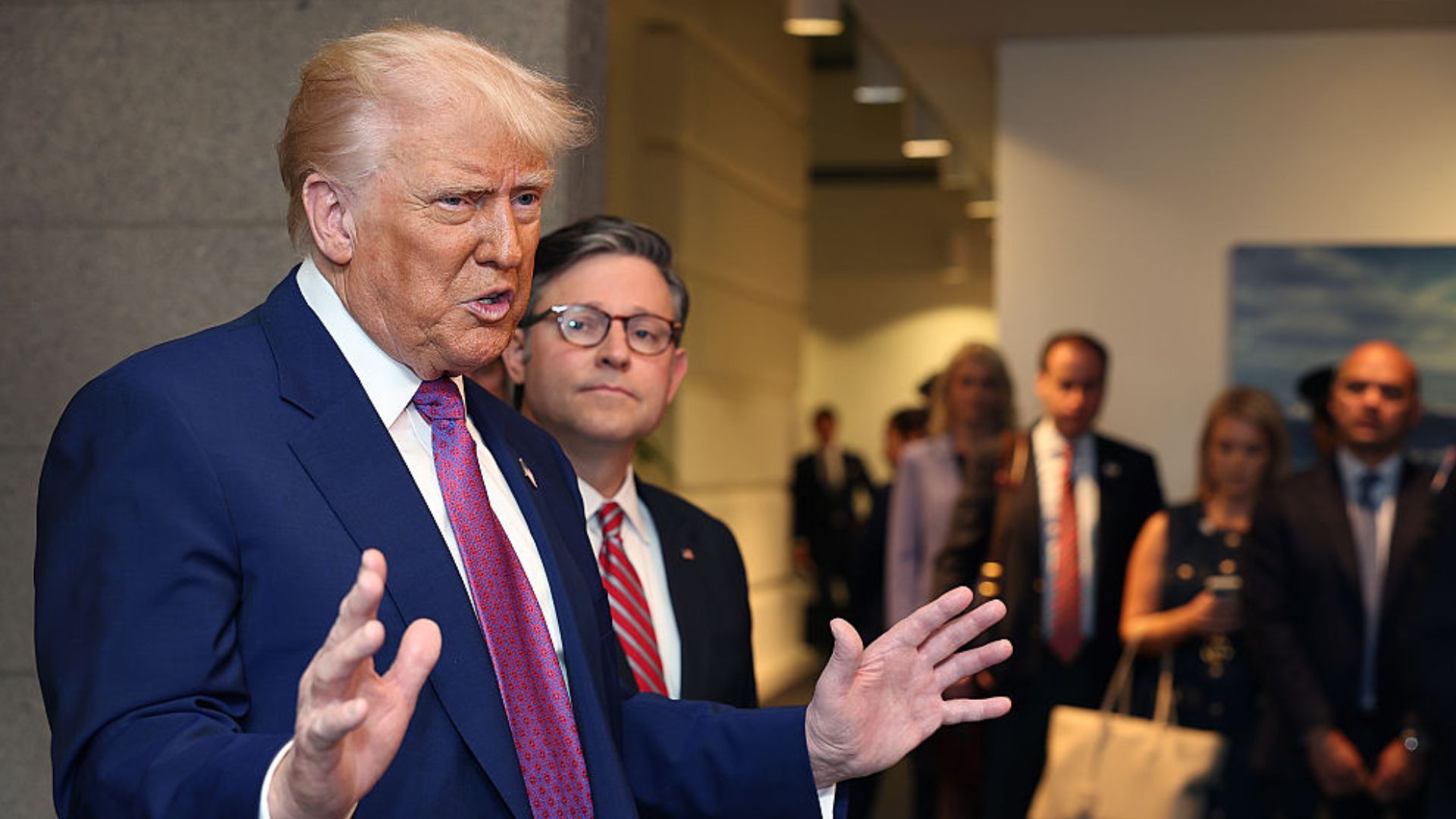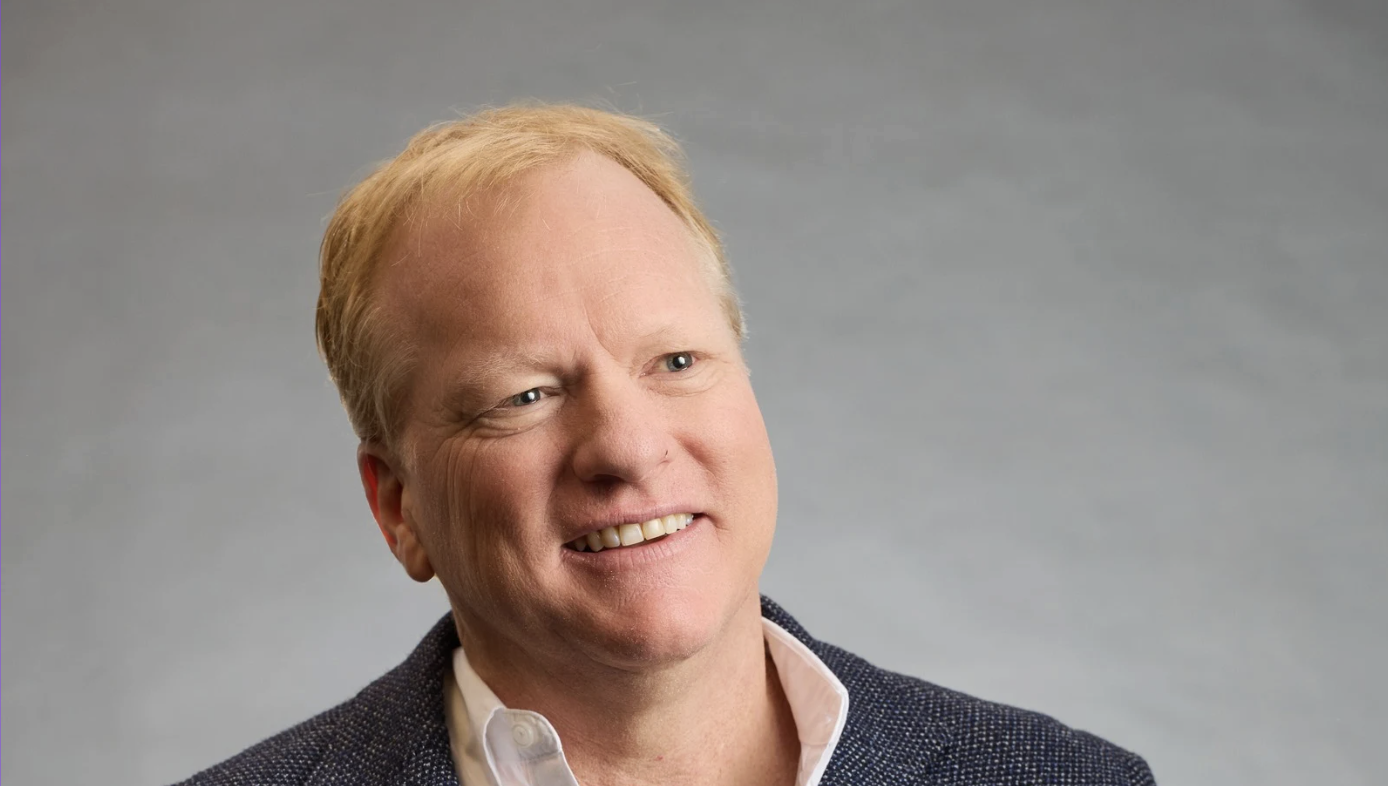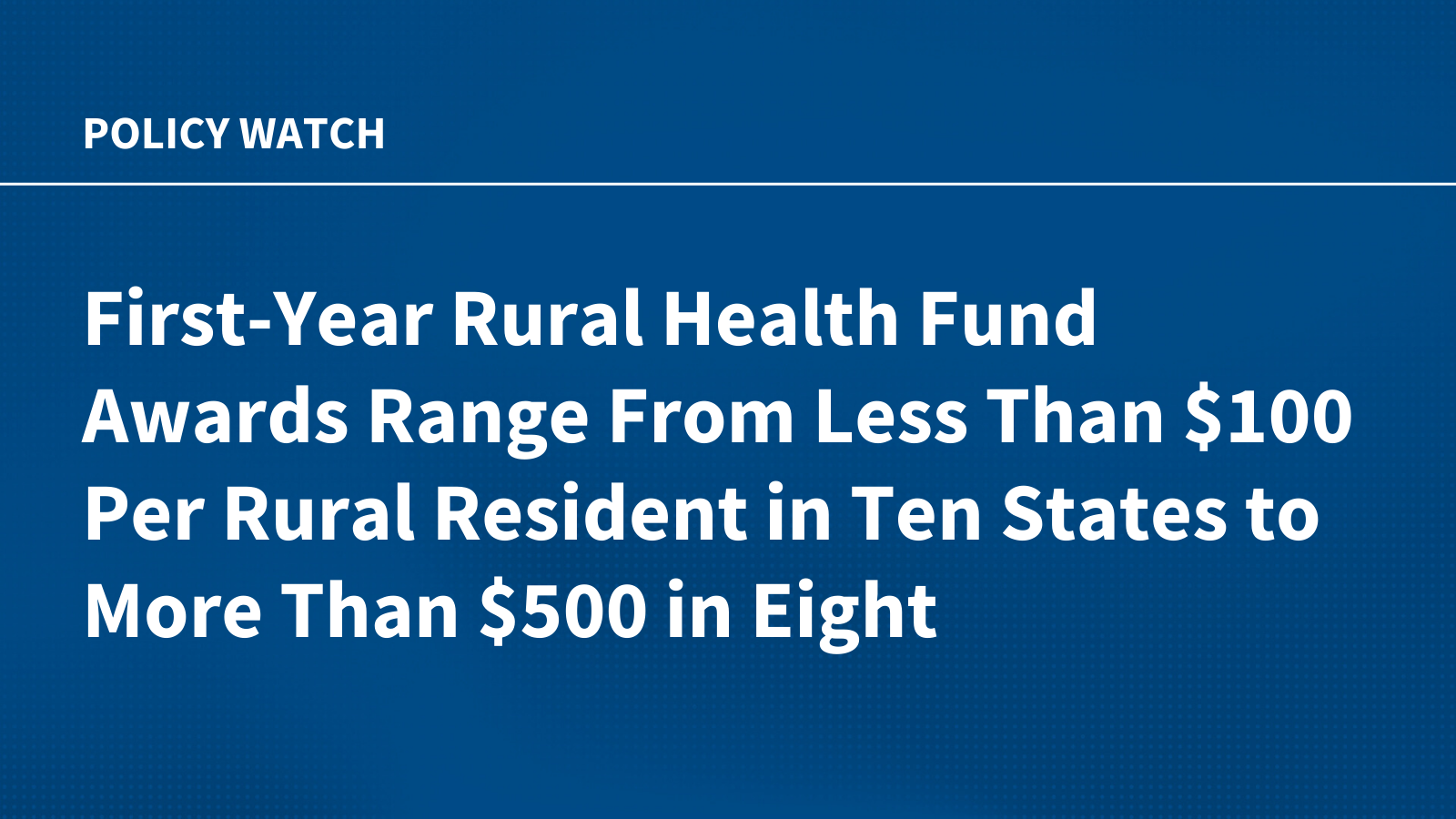America’s healthcare sector is a paradox. We spend nearly $5 trillion a year, yet millions of our citizens are stranded in healthcare deserts–a profound market failure within a deep social crisis. In American healthcare, ZIP code has become as powerful as genetic code in determining health outcomes. This is a failure we must correct.
Black Directors Health Equity Agenda, BDHEA, the organization of healthcare board directors and senior leaders that I lead, has recently published a report titled “Examining the Landscape: Understanding Challenges in Community-Based Healthcare” outlining the necessary steps to address this access issue. More than 80% of U.S. counties lack adequate health services, meaning roughly 30 million Americans live in underserved areas. These are communities where a routine checkup or preventive screening is a luxury. Manageable conditions often escalate into life-threatening crises.
In Fulton County, Georgia, for instance, two hospitals closed, serving neighborhoods where life expectancy is shorter by five years than better-resourced communities just one county over—a stark return on disinvestment. But in that same 64% non-white county, a new model is emerging. Morehouse School of Medicine’s community-driven clinic in East Point demonstrates a powerful truth: The most effective way to close America’s care gap is to invest directly in the frontline community institutions that create healthcare access.
Durable solutions are built from the community up. To make access our top priority, we must strengthen the local institutions that serve on the front lines: federally qualified health centers (FQHCs), community health centers (CHCs) and public safety-net hospitals.
Community anchors build on trust
The social, economic and cultural realities of urban and rural populations are not aligned with the healthcare delivery system. FQHCs and CHCs are the exception, providing treatment regardless of ability to pay. These clinics are experts at identifying and addressing local needs, often providing not just medical treatment but also transportation, translation or simple wellness checks. Public hospitals, too, play a unique role as anchors in their communities, providing services built on trust, culture and lived experience. Medical centers like Nashville General or NYC Health + Hospitals hire teams that reflect the people they serve and deliver care that is empathetic and relevant.
Crucially, community-based providers meet people where they are. They team up with churches and schools to deliver health education and screenings in spaces rooted in generational wisdom and safety. Clinics have organized blood pressure screenings and telehealth consultations inside Black barbershops and support groups in church basements. Recognizing that food security and health are intertwined, many have launched food-as-medicine programs, with some health centers even distributing emergency food boxes or prescribing fruits and vegetables to patients. Every technology innovator and health system leader reading this should be asking: How can we help scale these proven, low-cost models?
Yet, for all their creativity, these vital providers will remain in a perpetual cycle of financial precarity. Our interviews with 42 C-suite executives, board directors and community health partners found that the healthcare safety net is a fragile patchwork of grants, Medicaid reimbursements, local funding and donations. With the end of COVID relief funding, FQHCs struggle with inconsistent reimbursement rates and onerous grant requirements, sometimes even turning down grants because the reporting burden outweighs the benefit.
To find and retain talent, some FQHCs are building their own pipelines—a strategy the entire industry should be scaling. Provider burnout, the weight of student debt and the pay or amenities of wealthier hospitals combine to make it incredibly hard to recruit and retain talent. In response, they partner with institutions such as local colleges and historically Black medical schools, and participate in student loan repayment programs to train the next generation of providers who are rooted in the community.
Healthcare boards play a critical role
Effective leadership and board governance are critical for navigating these challenges. Federal mandate requires that 51% of boards be made up of patients, ensuring the community’s voice guides strategy. This structure calls for additional training and support so that local leaders can tackle complex strategic decisions. Strengthening board capacity and strategic vision is a key part of the BDHEA mission, empowering directors to innovate and advocate for community health.
One moment during our research journey stays with me. As we compiled this needs assessment, what moved me most was the transparency of leaders who opened up about their wins and losses, their frustrations and breakthroughs. Throughout our research journey, we were struck by the honesty of those we spoke with. As one team member put it, “They spoke not from a place of defensiveness or competition, but of shared purpose—vulnerable leaders serving vulnerable populations.” In my own conversations, I learned firsthand how mission-driven professionals are pooling ideas, not hoarding them. They know they compete not with each other, but rather with the obstacles patients face every day.
As healthcare leaders, we must recognize that investing in quality care is both a moral obligation and an economic imperative. A recent finding from Deloitte found that addressing racial and ethnic health disparities could save the U.S. up to $1 trillion per year in healthcare costs. That is a staggering return on investment waiting to be realized, not to mention the immeasurable human gains of longer, healthier lives.
Imagine a national network of FQHCs and safety-net hospitals built not on scarcity, but on shared purpose, where board members are as fluent in the community’s needs as they are in healthcare finance. Critically, they would collaborate across hospital systems, tech platforms, and social and religious institutions. Whether it’s a barbershop blood pressure program or broadband access for virtual visits, the future lies in partnerships.
We are building toward a vision where geography, race and income no longer dictate life expectancy. For every leader in this sector, the mandate is clear: Champion these community anchors, fund them as essential infrastructure and partner with them to innovate. Our collective health and national prosperity depend on it.
Deborah D. Phillips is the executive director of The Black Directors Health Equity Agenda as well as a senior advisor for Gray Matter Analytics.
Publisher: Source link










